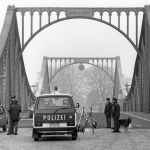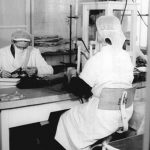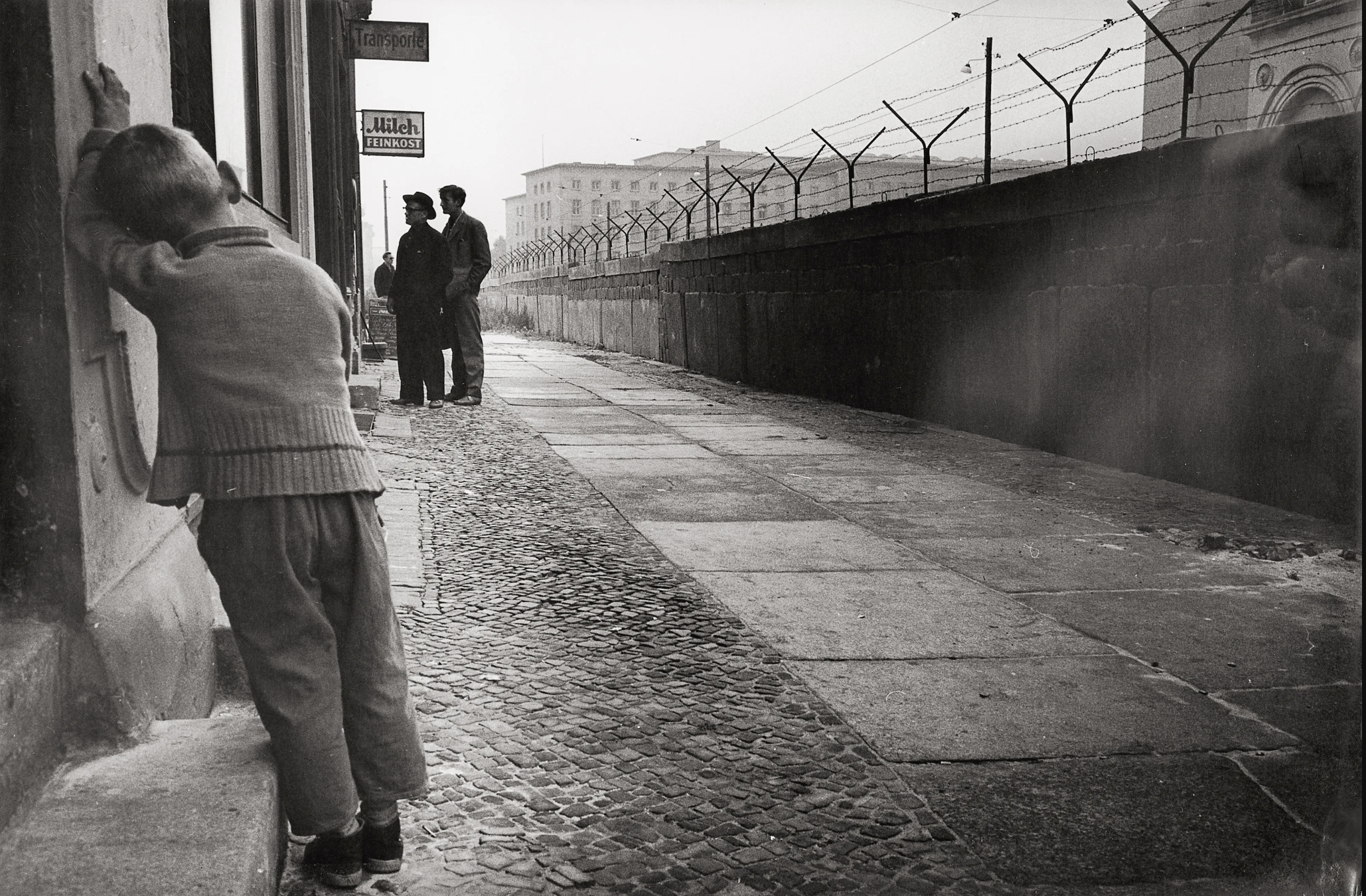
The beginnings of the Berlin Wall. October 1962
The course of the Berlin Wall meant that many people in West Berlin lived directly next to the Wall. While houses in East Berlin in the immediate vicinity of the border were cleared and demolished, the West Berliners remained living there.
The shock quickly gave way to habit. Since the border had been set according to the sweeping limits of garbage collection, there was only a narrow footpath in front of some houses, which actually already belonged to East Berlin. Because the wall was almost nowhere the actual border, it was usually 3 – 5 m further in the direction of West Berlin.
But as a rule, the use was tolerated. For this, everything on the GDR side had been removed that could have given the refugees visual cover.
https://youtu.be/7E3T7eiSBsY
Since the death strip was constantly controlled with microphones, many tunnels were dug by escape helpers into East Berlin in the early years. As a starting point, the houses directly on the border had been particularly suitable.
Many tunnels were betrayed by informers. There were quite a few SED sympathizers in West Berlin, others did it for money. However, anyone caught by the occupants of the house received a severe beating before being handed over to the authorities.
Occasionally, the quiet was interrupted by escape attempts. Again and again, bullets hit the facades of West Berlin houses. Sometimes the bullets landed in living rooms or bedrooms when they shot through the windows. This could also happen in accidents; I myself, as a passerby, experienced how a bullet, not far from me, hit a house wall. The border guard had loaded the gun, dropped it and the shot went off.
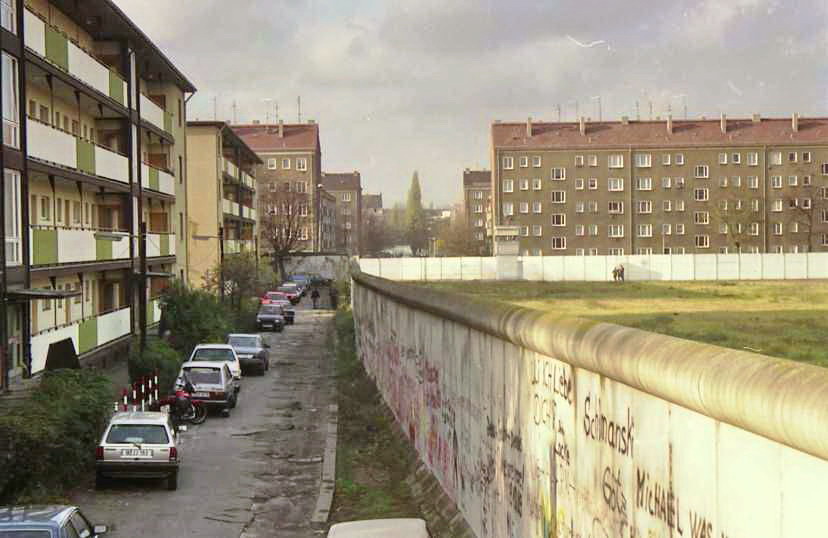
However, this was at a section of the Wall where the street belonged to West Berlin on both sides. There, too, people lived in their shadow. The GDR border guards observed all the events on the west side and took photos. This also involved a close look at the apartments. It was feared that Western intelligence agencies might use them as bases.
A telescope on a balcony triggered a flurry of activity. The MfS even sent out agents to check who lived there and what the person was up to. An amateur astronomer or a potential boundary violator? A large number of the house residents near the wall had Stasi files. Especially those who had relatives in the GDR.
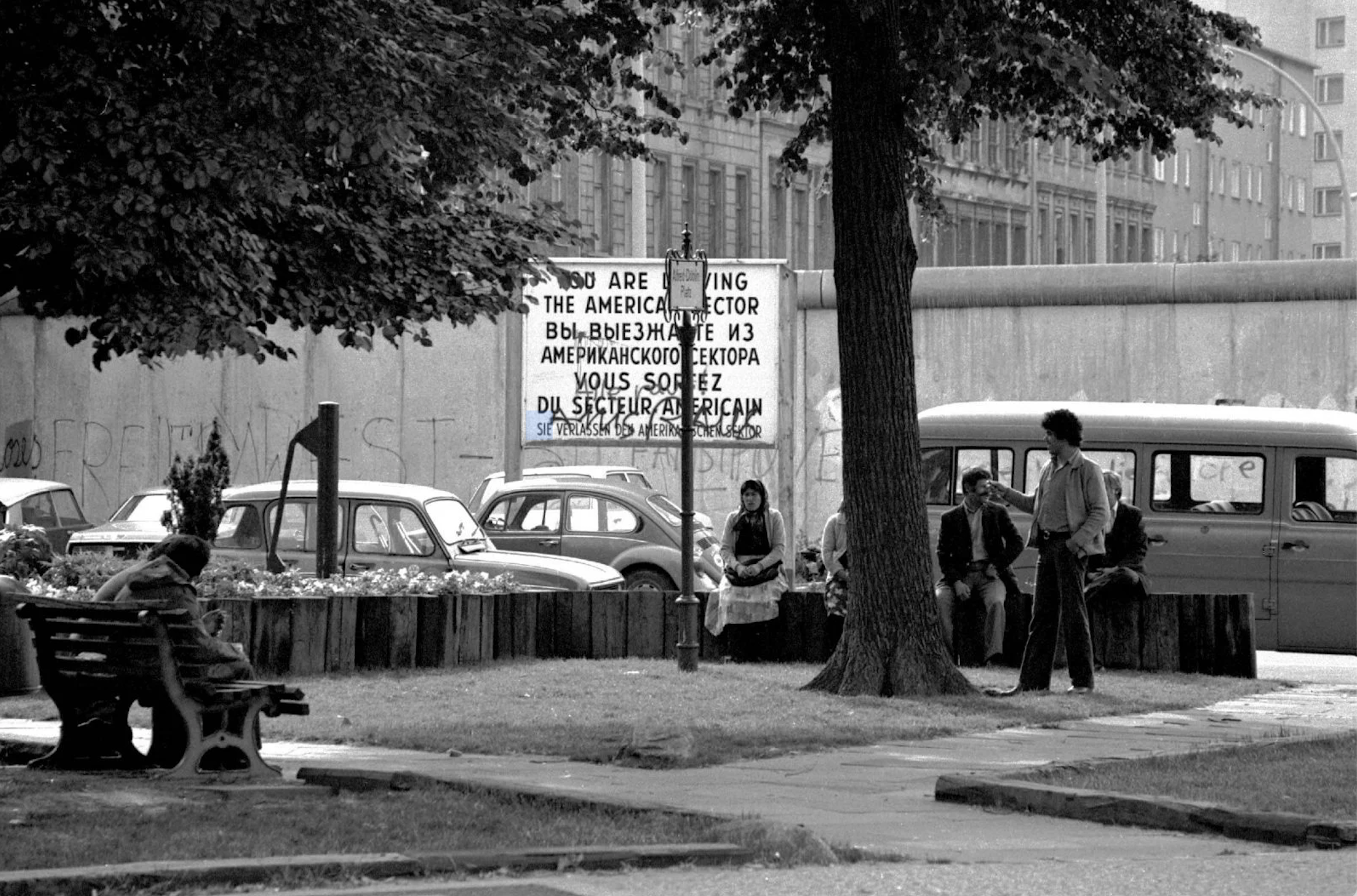
Quite a few people liked to live near the wall. Since the border often interrupted roads, the area was then like a traffic-calmed zone. In addition, these residential areas were often particularly inexpensive. The lighting and guarding of the border installations even gave some West Berliners a sense of security. For example, the allotment garden colony “Freedom on the Wall” was free of burglaries at that time.
With the fall of the Wall in 1989, all that changed quickly.
Nevertheless, the people who lived in its shadow are naturally happy about the fall of the Wall.


